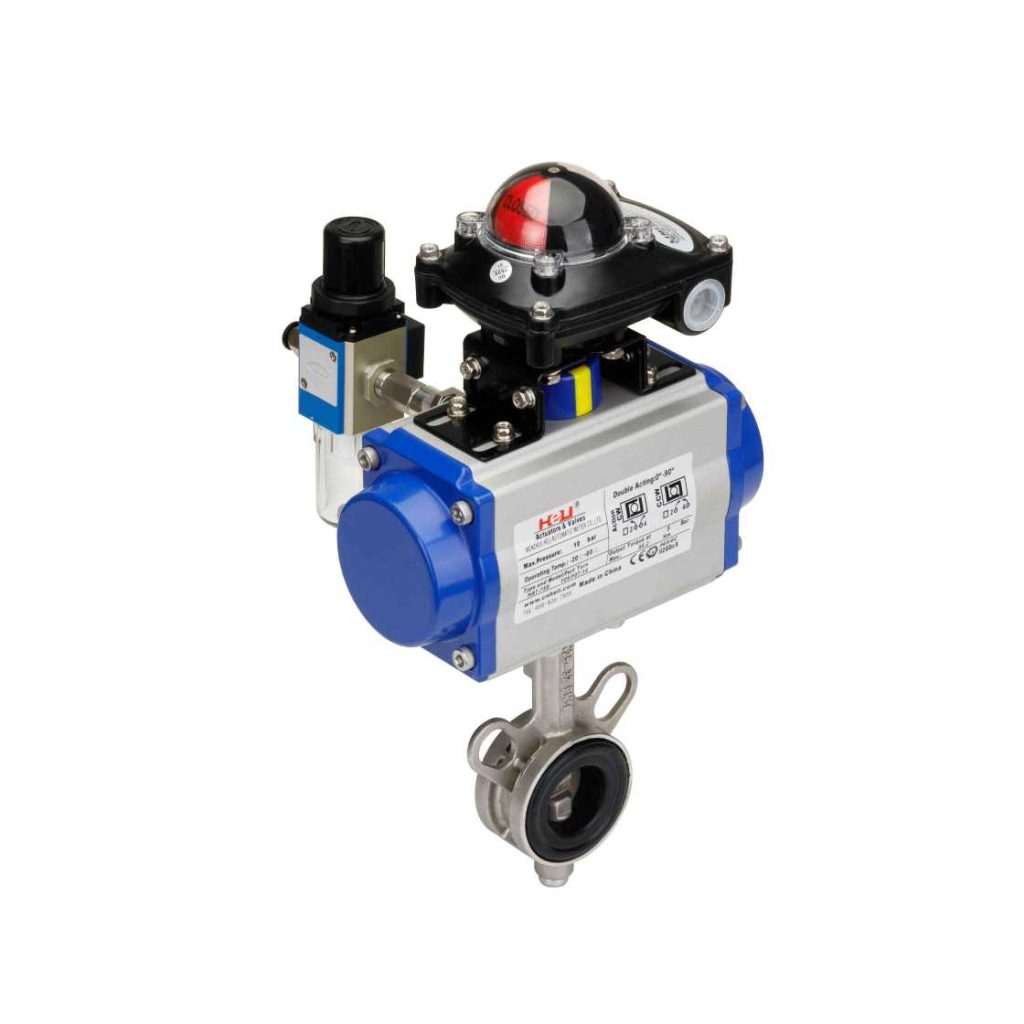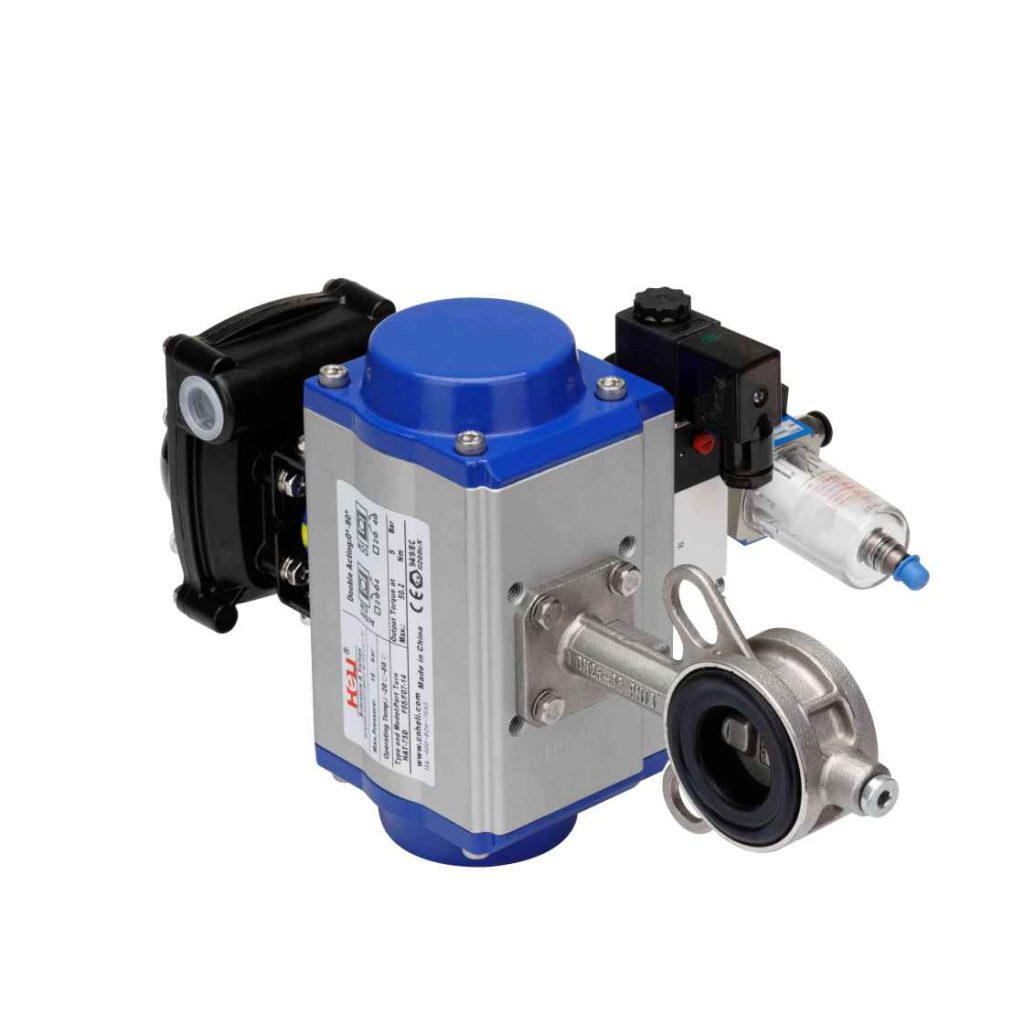TheWCB Pneumatic Butterfly Valveis a crucial component in many industrial processes, playing a significant role in regulating fluid flow. This valve type is particularly popular in various applications due to its simple design, efficiency, and reliability. In this article, we will explore the design features, operational mechanics, advantages, and applications of the WCB Pneumatic Butterfly Valve.

Design Features

The WCB Pneumatic Butterfly Valve is characterized by its unique design, which consists of a disc (or vane) that rotates around a central axis. The valve body is typically made of cast iron or carbon steel, with a WCB (Wrought Carbon Steel) designation ensuring high strength and durability. The disc is mounted on a shaft that is connected to a pneumatic actuator. This actuator can be controlled using compressed air, allowing for quick and efficient operation. The valve’s body design allows it to be compact, making it suitable for tight spaces where larger valve types may not fit. Additionally, the streamlined flow path minimizes pressure drops, ensuring efficient fluid transport. The sealing mechanism often incorporates rubber or PTFE (Polytetrafluoroethylene) materials to provide a tight seal when the valve is closed, preventing any leakage.

Leave a Reply